Churches are intended to be close to nature as the creation stories in the Bible tell us to tend the earth and care for it. This page highlights some of the beautiful settings of our churches and initiatives to raise awareness of the climate emergency.
Please do contact our churches to check opening times in advance of your visit.
Season of Creation Prayer 2024
Triune God, Creator of all, We praise you for your goodness, visible in all the diversity that you have created, making us a cosmic family living in a common home. Through the Earth you created, we experience love and nourishment, home and protection.
We confess that we do not relate to the Earth as a Mothering gift from you, our Creator. Our selfishness, greed, neglect, and abuse have caused the climate crisis, loss of biodiversity, human suffering as well as the suffering of all our fellow creatures. We confess that we have failed to listen to the groans of the Earth, the groans of all creatures, and the groans of the Spirit of hope and justice that lives within us.
May your Creator Spirit help us in our weakness, so that we may know the redeeming power of Christ and the hope found in him. May the groans of the Spirit birth in us a willingness to serve you faithfully, so that we may hear and heal Creation, to hope and act together with her, so that the first-fruits of hope may blossom.
Loving and Creator God, we pray that you will make us sensitive to these groans and enable us to have the same compassion as that of Jesus, the redeeming Lord. Grant us a fresh vision of our relationship with Earth, and with one another, as creatures that are made in your image.
In the name of the one who came to proclaim the good news to all Creation, Jesus Christ.
Amen.
Churchyards
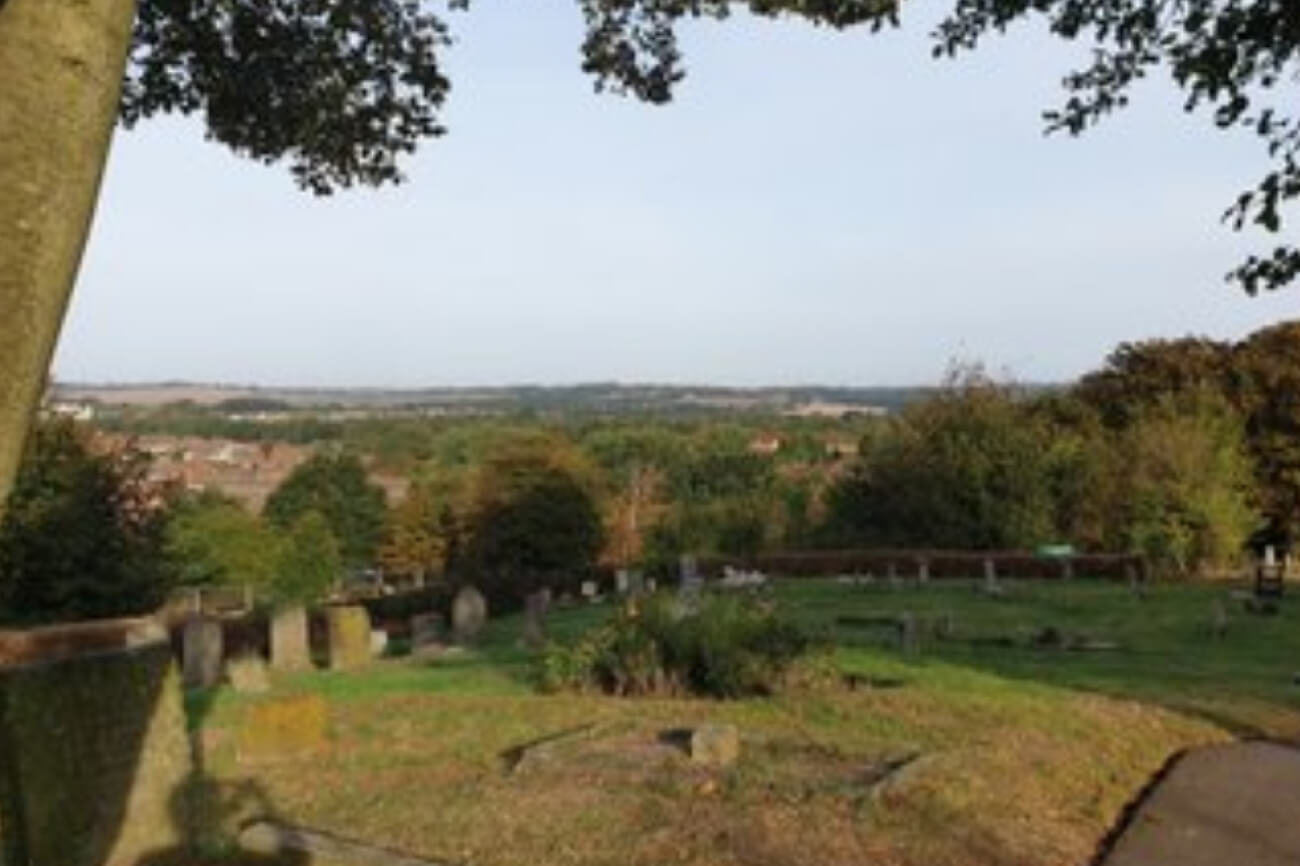
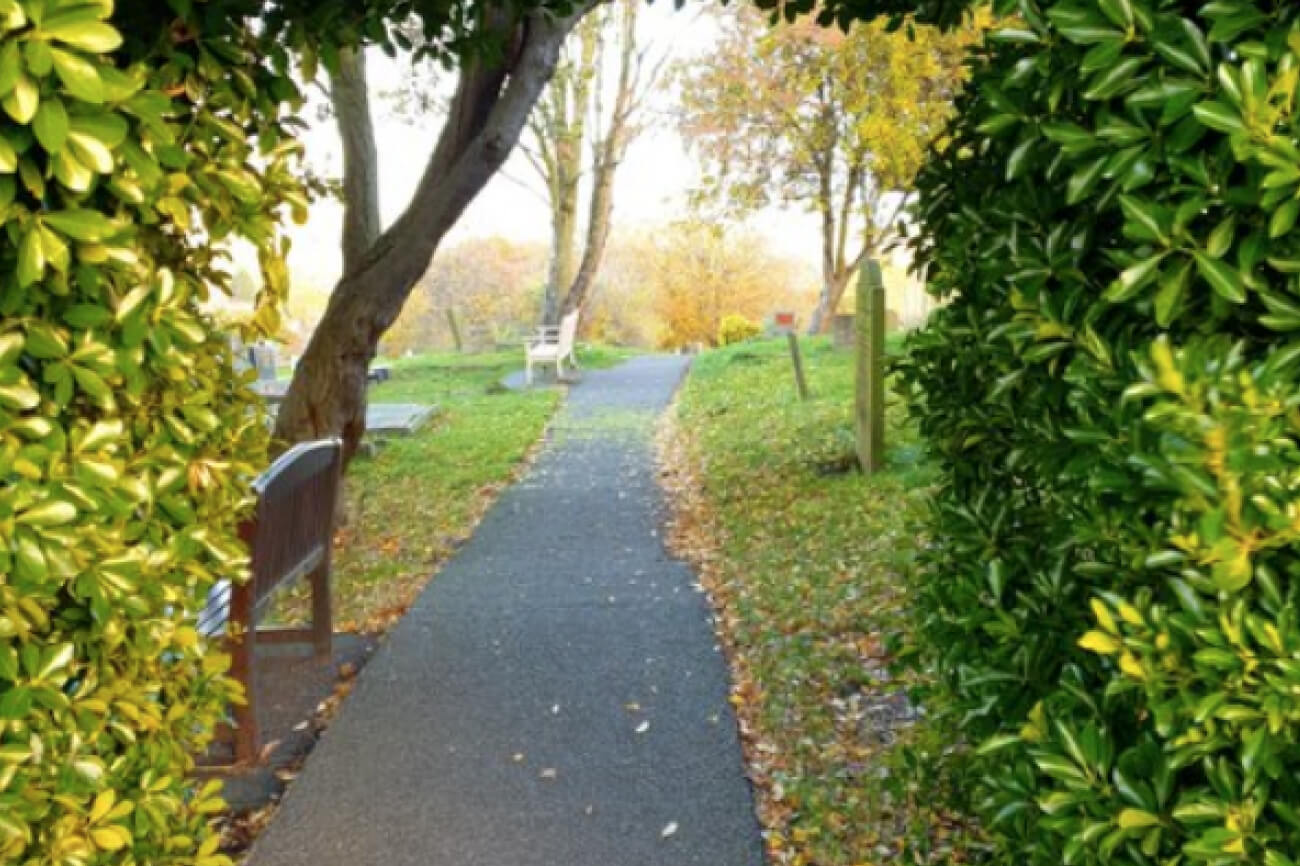
The large churchyard of St Nicholas Laindon commands a wonderful view across south Essex. Its churchyard has peaceful, contemplative areas for visitors and for encouraging and interpreting wildlife in the churchyard. Managed mainly by volunteers using a Management Plan, the wildflower meadows and planted areas are very attractive to bees, insects and butterflies and provide safe havens for small invertebrates and wildlife to move across the area in search of food. A band of volunteers i.e. The Princes’ Trust, Community Payback volunteers, members of the church congregation and members of the public help to make the churchyard a peaceful and pleasant place.
The Laindon Circular Walk is an energetic and varied figure-of-eight walk through some tranquil, hilly parts of Essex, mostly through woods, both ancient and modern, and through flower-rich meadows and some farmland, which are all parts of Langdon Hills Country Park and the neighbouring Langdon Nature Reserve (which itself consists of five separate reserves).
The church of St. Mary the Virgin Little Burstead is set in a picturesque, but isolated rural situation on high ground overlooking the Thames valley. Holly trees surround the churchyard and were a gift from Miss Archer, a local resident. They were planted about 1900 for the purpose of feeding the birds.
The Little Burstead circular walk rewards walkers with fine views over the Thames Valley and glimpses of hedgerow wildlife. The walk follows the old footpaths once used by farm labourers on their way to work, the walk travels three-and-a-half miles through common land, farmland and country lanes. It passes hedgerows, ponds, the parish church of St. Mary’s and the source of the River Crouch.
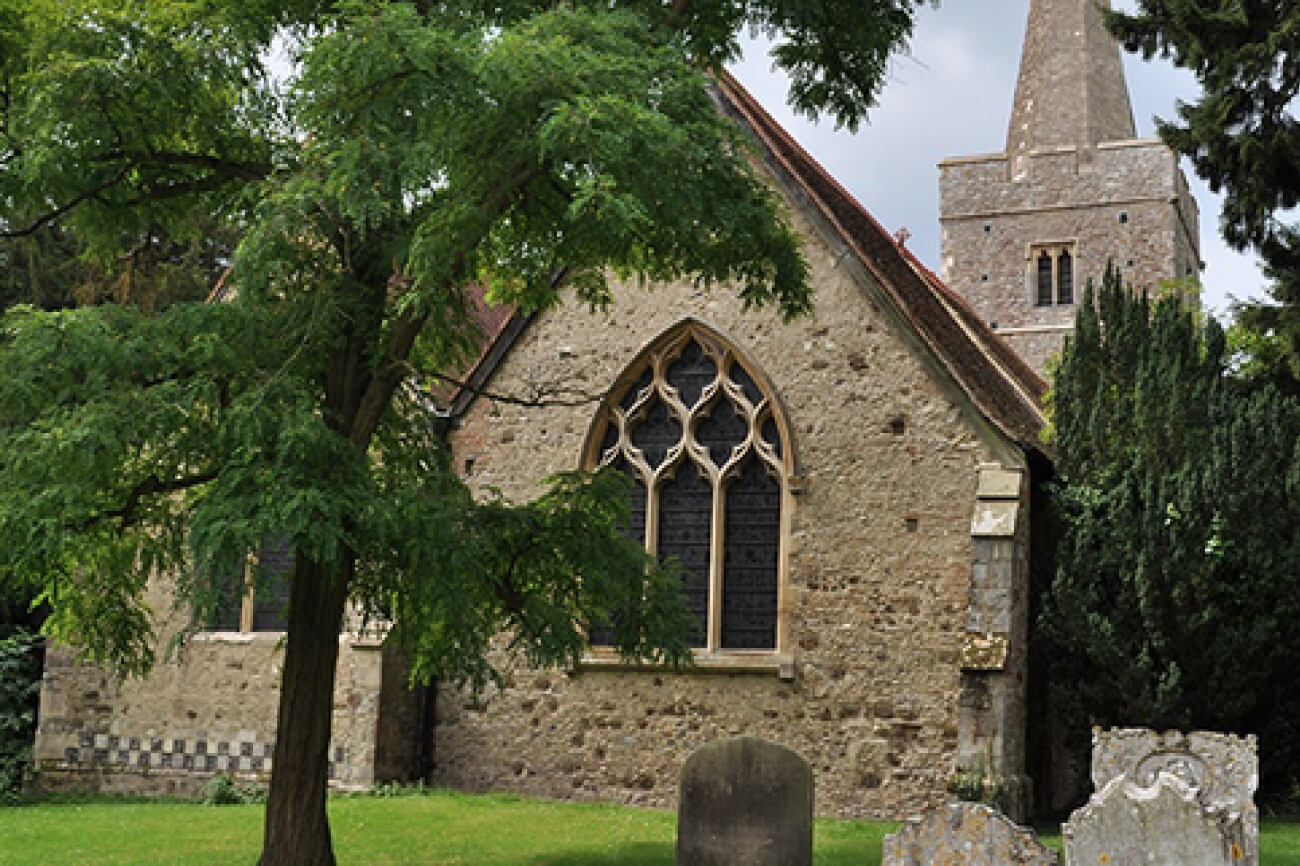
The Churchyard at St Mary Magdalene Great Burstead contains some early 17th century headstones and an ancient yew tree. It overlooks the Crouch and Thames river valleys.
Holy Cross Churchyard and Memorial Garden in Basildon have for centuries been part of local history and interest. The Churchyard is closed for new burial plots but ashes are from time-to time interred in our Memorial Garden. The whole area is a haven for wildlife and is a quiet tranquil place.
St Margaret’s Bowers Gifford sits nearly a mile to the south of the main centre of the Bowers Gifford accessed by Church Road which zigzags across the busy dual carriageway of the A13 and heads down to the edge of the grazing marshes. Bowers Marsh is a landscape alive with the sights and sounds of wildlife. This grazing marsh has played a vital role in the lives of people and wildlife for centuries. Bowers Marsh is made up of grassland, marshland, and lagoons, it’s a beautiful reserve for walks through varied habitats. At the nearby RSPB Bowers Marsh reserve, four miles of nature trails can be explored and a bustling lagoon, swaying reedbeds, dense hedgerows and insect-filled grasslands discovered.

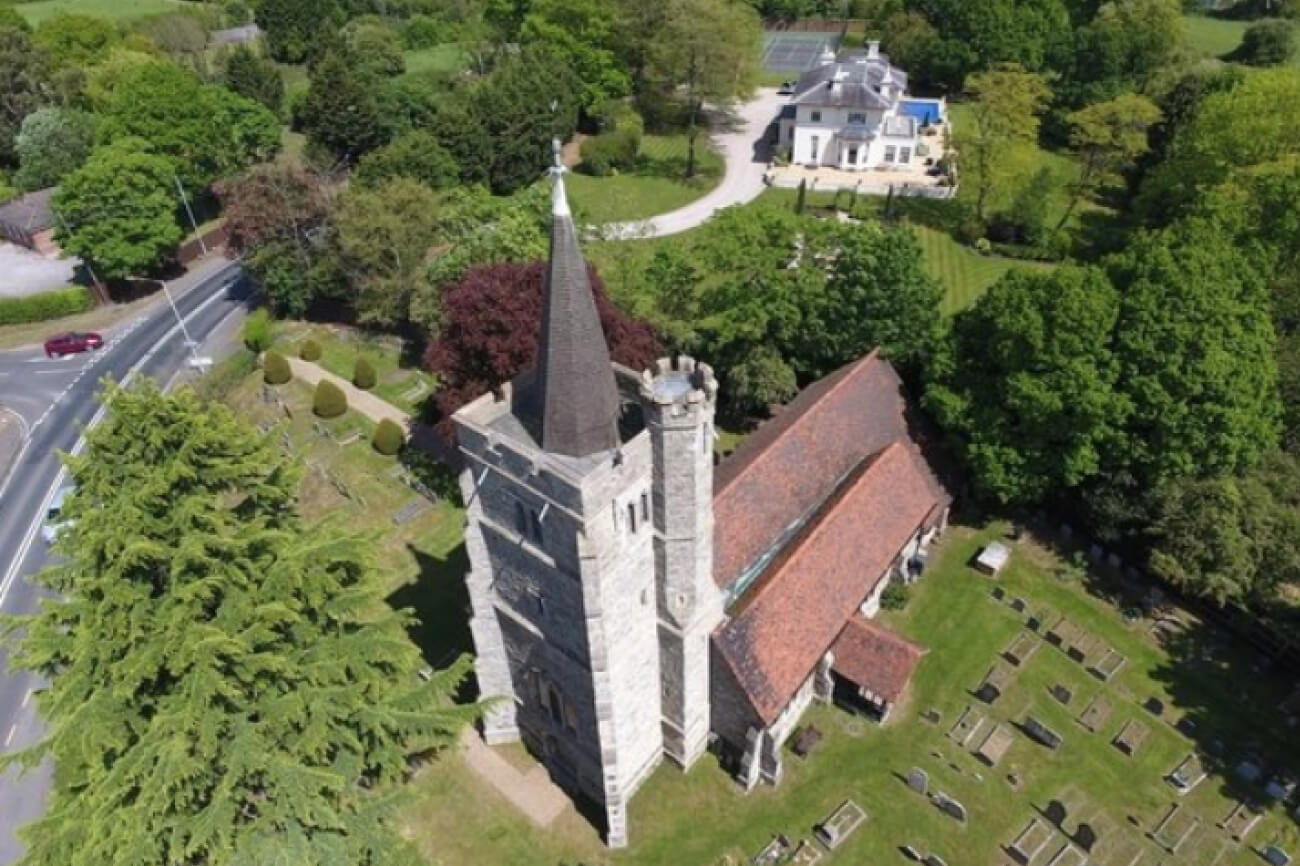
There are two churchyards St Mary’s Runwell. The South Churchyard alongside the church is still ‘open’ (still used for burials) and is well cared for. The oldest gravestone there is dated 1739 a ‘Robert Surridg’ followed by his wife in 1740. On the entrance gates there is a War Graves plaque that is for Sergeant E A Robinson killed in 1943 (tail gunner). An interesting gravestone is to a ‘Edwys Ryerson’ just outside the vestry door. He was born in 1878 and served with the British Army in the Boer War being awarded the Queen’s medal with two clasps. He was a second-class steward on the ill-fated Titanic but he was fortunate as part of his duties that he was assigned to man a lifeboat – number nine (only thirteen lifeboats were able to be launched).
Ed served throughout the First World War and probably fought at both battles in the Somme in 1916 and 1918. At war’s end his rank was Warrant Officer Class with the Royal Artillery Regiment. His eventful life came to a close in December 1949 when he died at his home “Seaton” Church End Lane just up the road from the Church. The other churchyard – North Churchyard –
North Churchyard – over the road adjacent to the church hall was opened in 1959 to provide space for patients from Runwell Hospital. This churchyard is now closed.
Throughout most of its existence, the story of St Catherine’s Wickford has been one of a small country church serving a village community. Although much of the original village of Wickford has been lost under bricks and tarmac, the church and churchyard still seem to retain an atmosphere of the rural heritage of Wickford’s past. The earliest decipherable headstone in the churchyard at St Catherine’s Wickford is dated 1733 and the churchyard also contains Commonwealth War Commission graves. The churchyard has more to offer the visitor than interesting headstones. In 1976 the churchyard became a wildlife area and is one of the few remaining semi natural places in Wickford.
Gardens
Sensory Garden: The Parish of Langdon Hills has been blessed with a Sensory garden plot, at the Langdon Hills Nature Reserve. The plot has been divided, with a section available for each church providing green space, wildlife and peacefulness on their doorstep. They welcome practical help, donations of plants and fundraising ideas; so that all can benefit from this special place. Do pop down and visit the garden, which is adjacent to the car park/picnic area, and just along the pathway towards the lake (look out for the central Magnolia tree in the plot). St John’s Church also has a garden area – see here for photographs.

Parish Walk: The Parish of Langdon Hills is blessed to have much beautiful nature on their doorstep. God’s wonder is truly all around. Join them for a lovely walk through the woods to Langdon Nature Discovery Centre every 4th Saturday of the month (weather permitting). Meeting outside St John’s Church at 9.30am, the gentle stroll gives the opportunity to chat and admire the changing seasons as they wander down to the Sensory Garden and then stop for refreshments at the Discovery Centre, which is a perfect opportunity to connect with the local community.
Langdon Nature Discovery Centre is set in a stunning nature reserve of 461 acres which comprises of woodland, meadows, lakes and former plotland gardens.
A sensory garden has also been created in the churchyard at St Peter’s Nevendon to cater for those in search of “an oasis of peace”.
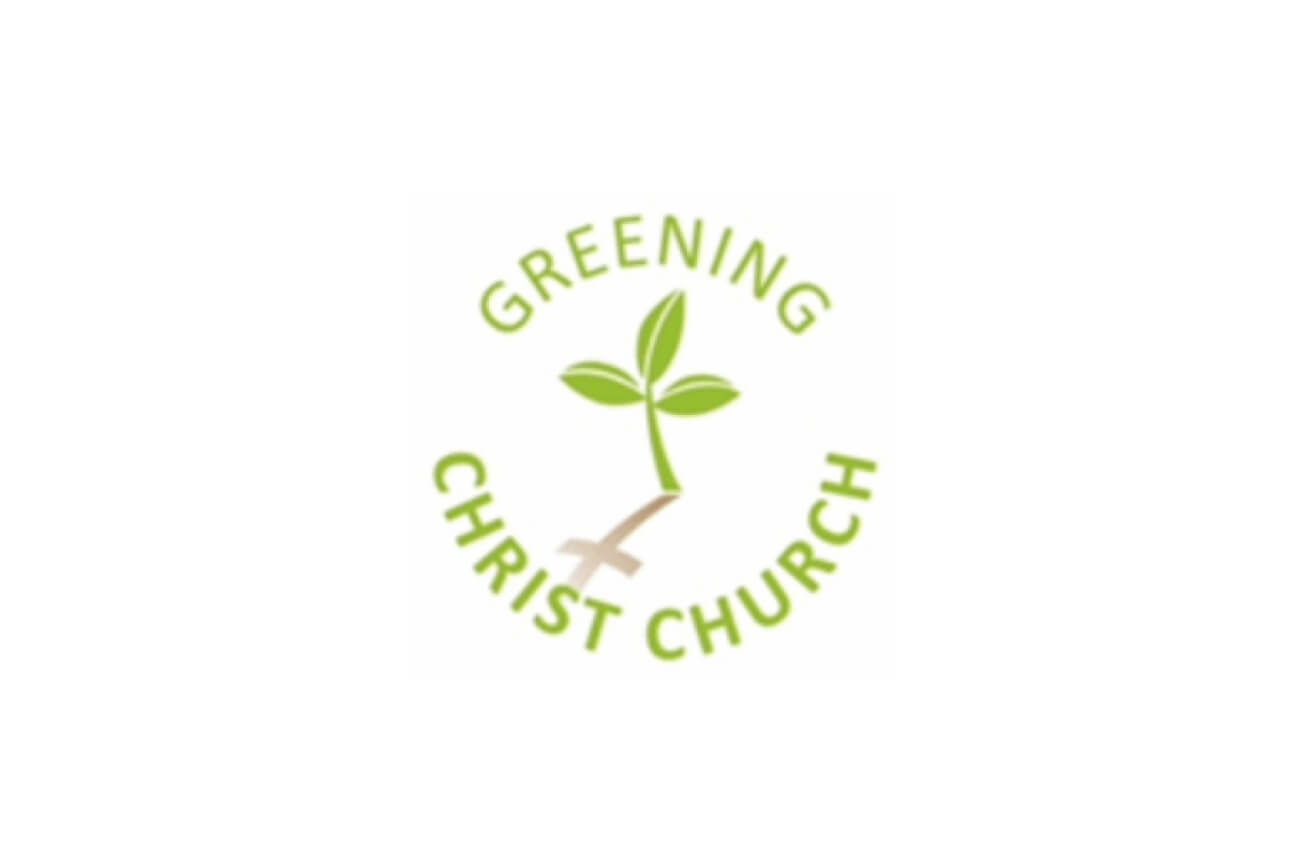
The church grounds at Christ Church Billericay look amazing thanks to their Greening Christ Church gardening team – who meet on a Thursday morning between 10 a.m. and 12 noon. A wellbeing garden is also in process of being created at St Andrew’s Wickford.

Eco Church initiatives
In July 2023 Christ Church Billericay was awarded the Silver Eco Church Award and has now turned its attention to working towards the Gold level award. By achieving the Bronze and Silver Eco Church award, they have already started their journey towards being carbon net zero by 2030. Their next steps include energy efficient lighting with timers and light and motion sensors, where appropriate. They hold an annual Environmental Sunday service.
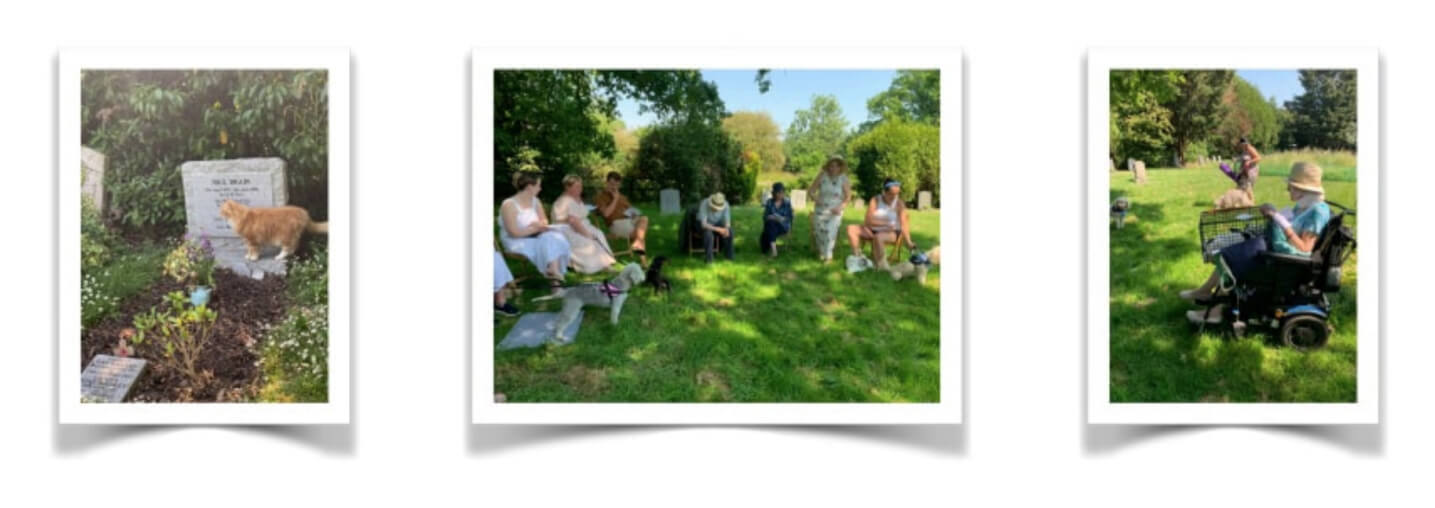
All three churches in the Wickford and Runwell Team Ministry have received the Bronze Eco Church Award and are now looking forward to working towards the Silver award. In 2024, events were organised during ‘Love your Burial Ground and Churches Count on Nature’ week, 8 – 16 June. These events included the annual Pet Service held at St Mary’s Runwell. The Parish teamed up with Wickford Wildlife to complete wildlife surveys in their churchyards over the year, and particularly as part of that week.
The Wickford Wildlife Society was formed in 1984 and offers local people the chance to see indoor wildlife presentations on a wide variety of topics and visit some of the excellent nature reserves and wildlife areas for which Essex is famous. Indoor meetings are held at St Andrews Church Hall, Wickford during the winter months, and Outdoor meetings take place during the spring and summer months normally on Sunday mornings. If you are interested in learning more about your local wildlife and visiting some of the excellent wildlife sites in Essex, please visit their website.
WICKFORD WILDLIFE’S MOTH NIGHT AT ST MARY’S RUNWELL


On Friday 23rd August our good friends Wickford Wildlife held a ‘Moth Night’ at St Mary’s. “We set up a light outside the church hall and two traps in the old graveyard. Weather was warm and a bit breezy at times but was dry and pretty good for moths. Lights went on about 8.30pm and we soon started seeing moths, with a Gypsy Moth being the first on the list. The action was pretty steady throughout the evening with many species coming to the light, including such beauties as Jersey Tiger, Lesser Broad-bordered Yellow Underwing, Orange Swift and Yellow Shell. Around 10.30pm we decided to check the traps in the old graveyard. The trap under the large oaks did not have many moths – a solitary Jersey Tiger but had lots of very interesting Acorn Weevils! However, the trap in the middle of the graveyard was completely full of moths including a fantastic Elephant Hawk Moth. Overall, we identified 31 moth species plus a few other interesting things.” With thanks to Martin Singleton for organising the evening, taking the photos and collating the finds. They plan on coming back again next year!
Some of the species found that evening: Angle Shades; Box Tree Moth; Brimstone Moth; Burnished Brass; Clay Triple-lines; Cloaked Minor; Codling Moth; Common Carpet; Common Wainscot; Dark Bordered Pearl; Dusky Thorn; Elephant Hawk-moth; Flame Shoulder; Gypsy Moth; Hawthorn Moth; Jersey Tiger; Lesser Broad-bordered Yellow Underwing; Oak Hook-tip; Orange Swift; Setaceous Hebrew Character; Silver Y; Small China-mark; Small Dusty Wave; Square-spot Rustic; Star-wort; Straw Underwing; The Clay; Vine’s Rustic; Water Veneer; Willow Beauty; Yellow Shell.
Watch out for the survey results for the whole year, coming soon. With grateful thanks to Wickford Wildlife for all their support. If you are interested in joining them please do contact them, they are always open to new members. https://www.wickfordwildlife.co.uk/









